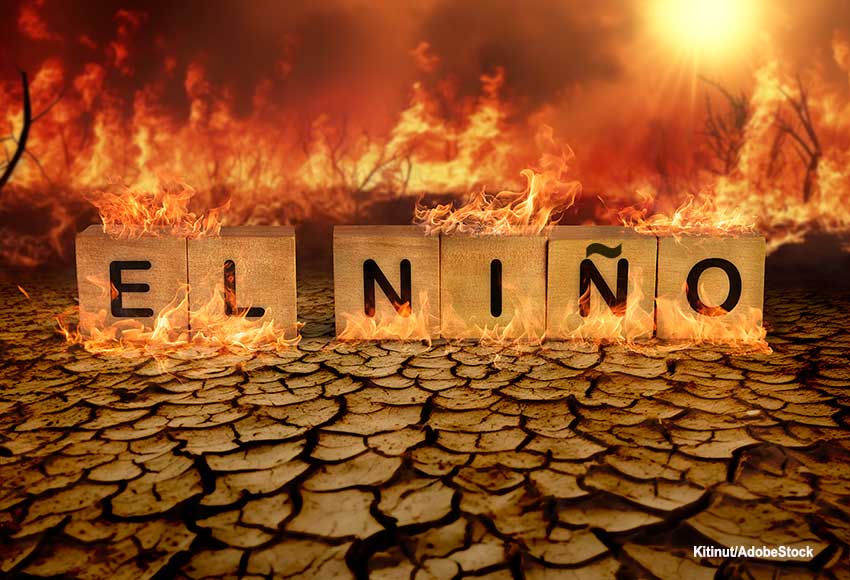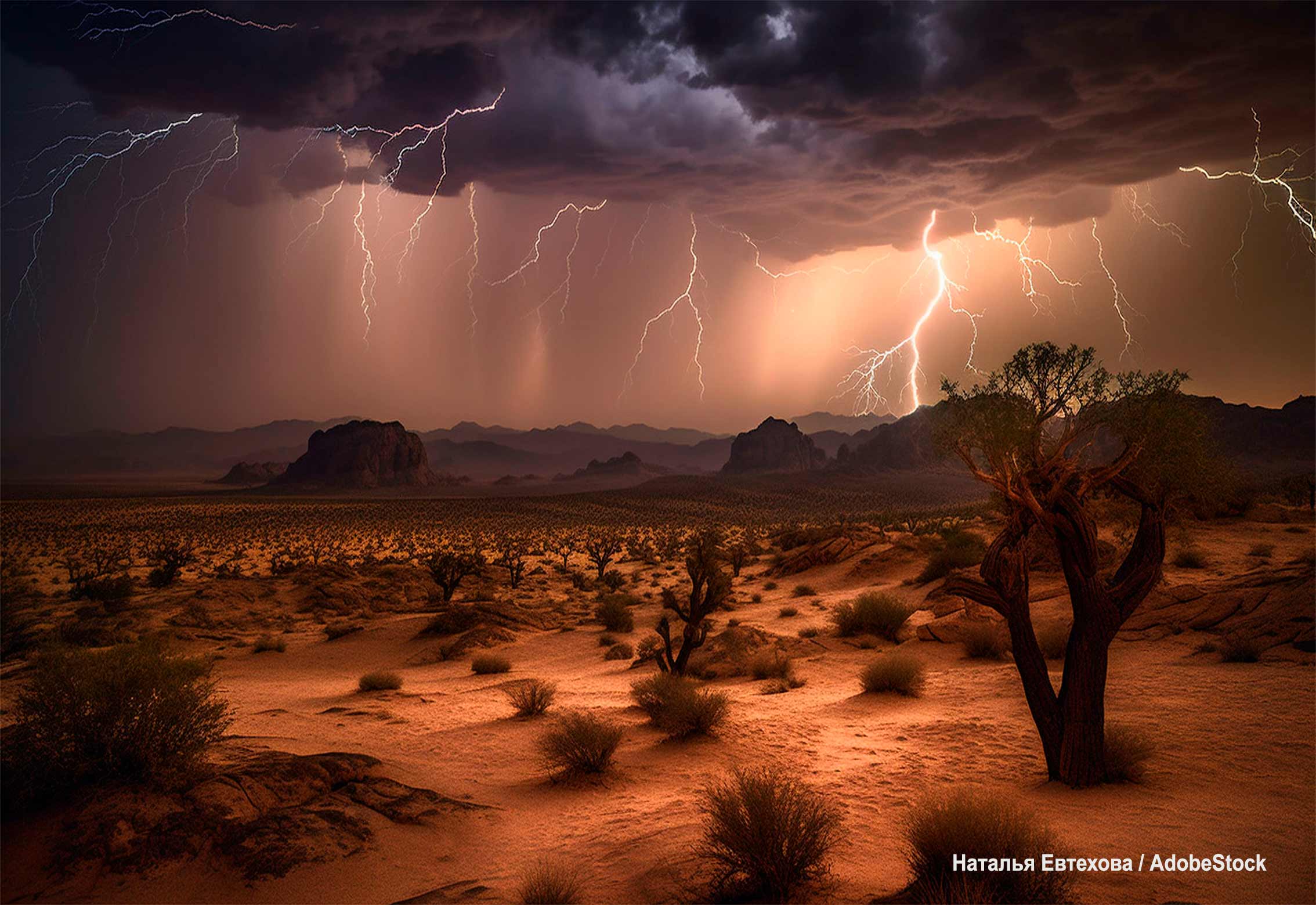FAQ about the El Niño phenomenon 2023-2024

2. What is the formation process of the El Niño phenomenon?
It is known that meteorologist Jacob Bjerknes was the first meteorologist to give a reasonable explanation for the El Niño phenomenon. Founder of the Department of Meteorology, University of California, Los Angeles (UCLA), now Department of Atmospheric and Oceanic Sciences. He linked the unusually high ocean surface temperatures to weak easterly winds, and the accompanying heavy rainfall.
According to the International Center for Research on the El Niño Phenomenon (CIIFEN), with scientific advances, various climatic variables have been identified, determining that it is not only a product of the warm current, but that “temperature” is also involved in this phenomenon. of the sea, marine currents, sea level, winds, atmospheric pressure, rain, etc.” As for the ocean, it is considered that we can observe the formation of the El Niño event “when there is an increase in Temperature “Sea Surface Temperature (SST) in the tropical Pacific, which therefore indicates a warm phase”.
The CIIFEN considers it relevant to know the differentiation of the concepts of climate variability and climate change so as not to be confused. The key is the persistence of variations over time. Climate variability occurs from months to years and its variations are temporary, unlike in climate change the climate variations are gradual and permanent over time for up to several decades.
FAQs about the El Niño phenomenon 2023-2024
1. What is the El Niño phenomenon and what does it get its name from?
2. What is the formation process of the El Niño phenomenon?
3. When did the 2023-2024 El Niño phenomenon begin and when will it end?
4. Would global warming worsen the 2023-2024 El Niño phenomenon?
5. Which countries are most vulnerable to the El Niño phenomenon?
6. What would be the consequences of the El Niño 2023-2024 phenomenon?
7. What provisions can be made to minimize the effects of the El Niño phenomenon?
8. How are the El Niño and La Niña phenomena related?
9. How often does the El Niño phenomenon occur?
10. What are the recorded El Niño phenomena and which has been the most devastating?
Other sections of El Niño 2023-2024
Scientists estimate that the 2023-2024 El Niño, exacerbated by the climate crisis, will likely raise global temperatures to new records in 2024. Read +

